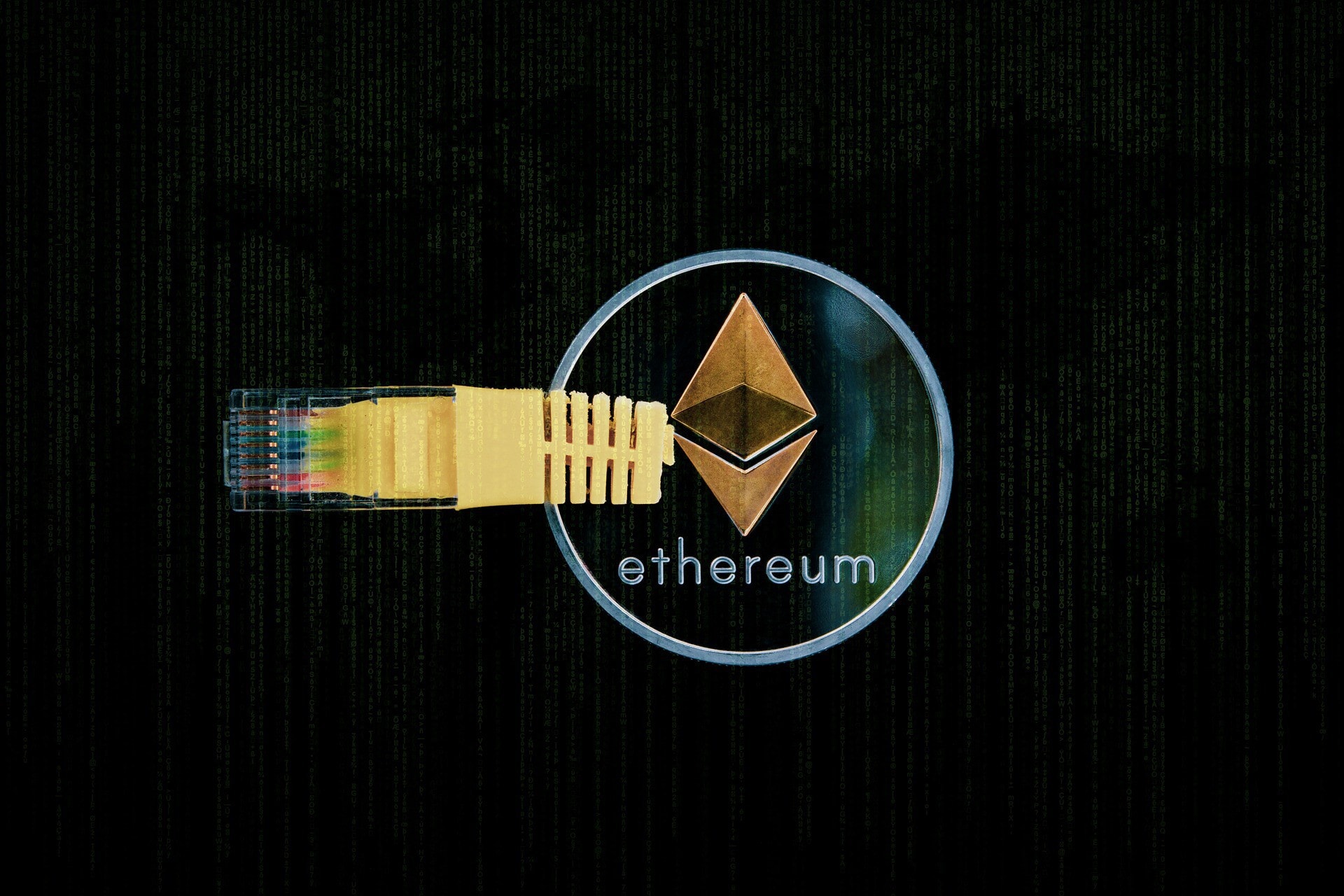The rapid rise in transaction fees on the Ethereum (ETH) network does not seem to want to stop, after doubling yesterday from the record level reached a day earlier.
In an extraordinarily strong upward trend, Ethereum’s fees needed only one day to double from the already high median transaction fee of US$3.5 reached on Monday of this week. Following the latest exponential increase, the median fee level reached 7.07 USD yesterday.
The founder of Ethereum Vitalik Buterin took to Twitter to explain why fixing high gas prices is not as easy as it sounds.
According to him, the only legitimate options that might constitute real solutions were to augment the transaction capacity using rollups and sharding.
Conclusion: the only solution to high tx fees is scaling. Tether, Gitcoin and other apps are doing the right thing by migrating to ZK rollups today. I’m excited about the soon-upcoming optimistic rollups that will generalize rollup scaling to full EVM contracts.
Vitalik Buterin
So what are rollups and sharding? Rollups allow users to use the same fees but to, in essence, ‘roll up’ their transactions into one. As soon as most transactions appear inside rollups, the fees don’t necessarily change but they become shared by hundreds of individuals.
Sharding is a bit more complicated to explain but, according to Buterin, it would increase the base layer of the Ethereum network by a power of 100, which would then lead to fees 100 times lower. Sharding will be released with Ethereum 2.0 and could be explained like this.
Remember : A blockchain is a database. And as its name implies, this database is made up of a chain of blocks. Each block records a batch of transactions. And each block is linked to the next block in the chain in chronological order.
The problem: if there is only one blockchain on which ALL transactions must be recorded, this can create a considerable bottleneck.
Imagine a giant, disorganized library – so big and disorganized that it may take years to find a book. One possible solution: assign each floor of the library to a single large subject. Assign each library row to a subtopic. Then arrange all the books in alphabetical order by author.
It’s a bit like shards in the world of databases, each shard representing a piece that is ultimately interconnected with all the other pieces. And it’s not entirely new: sharding is already a technique that technology giants are routinely using to expand their huge databases.
So far, only a few blockchain development teams – Cardano, Hashgraph and now Ethereum – have even imagined how this could be done in theory. None of them have really implemented it in the real world, but this is what Ethereum 2.0 promises to do. Members of the project have given some hints on Reddit as to when it might launch and our best guess right now is around the winter holidays at the end of the year.


